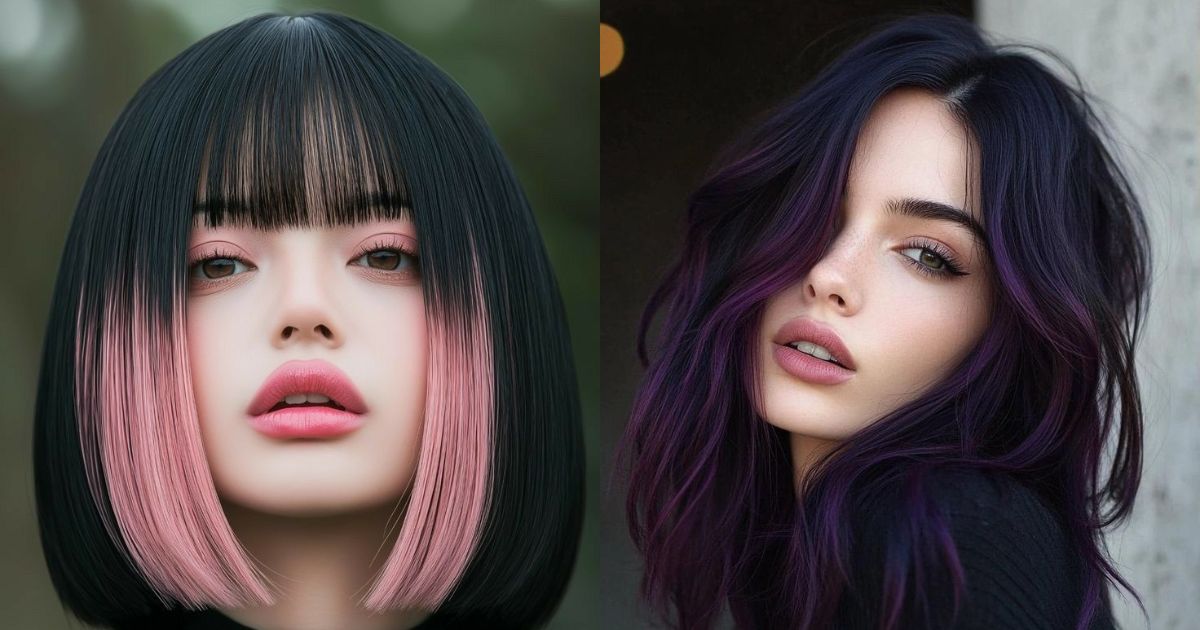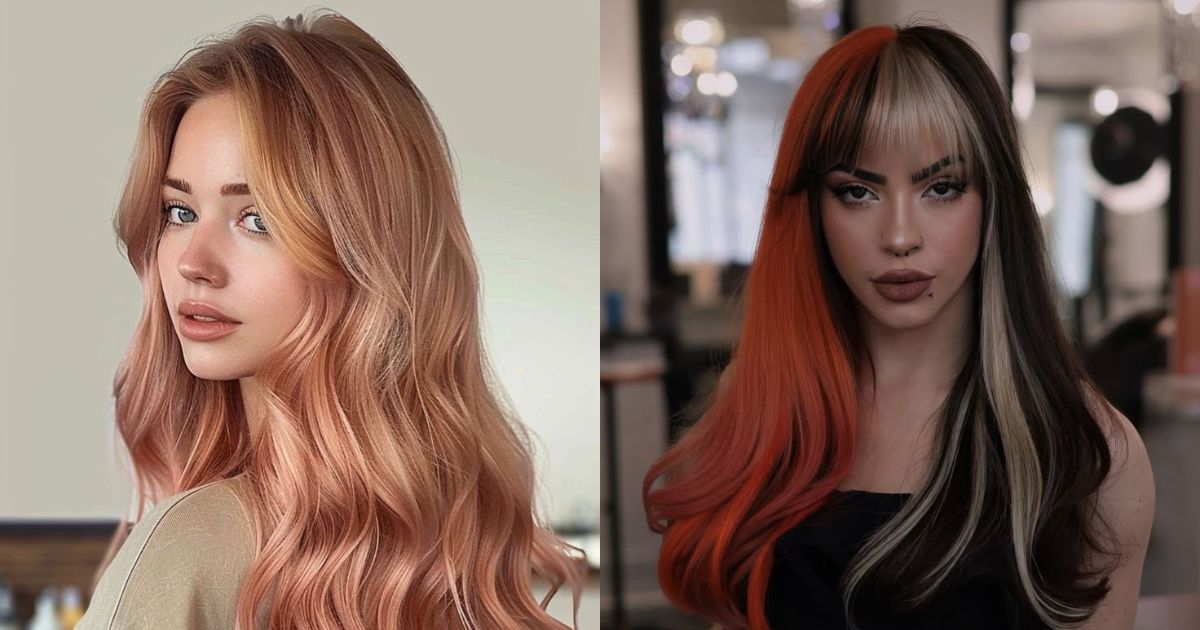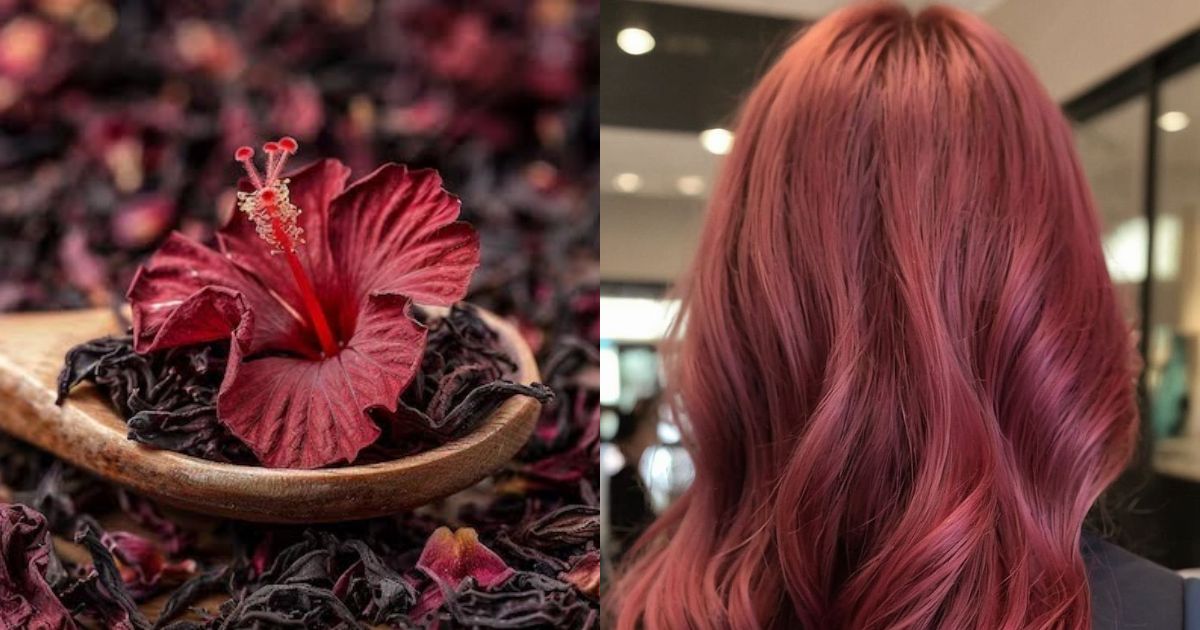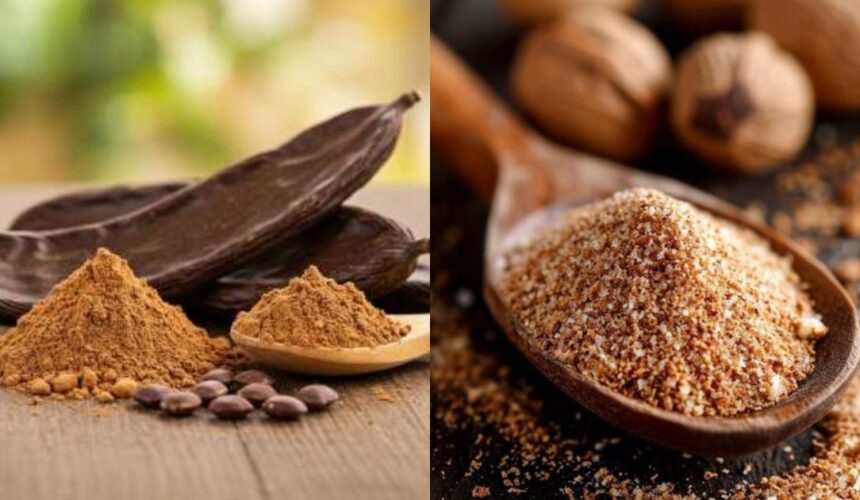
10 DIY Plant-Based Hair Color Recipes You Can Try at Home
Introduction
In 2025, hair color goes beyond mere style. It’s an extension of personal values, wellness, and eco-conscious living. While chemical dyes remain popular for bold shades and precision, plant-based hair colors are gaining attention for being gentle, natural, and versatile. Beyond adding vibrant tones, these alternatives nourish hair, protect the scalp, and make creative experimentation at home easy and safe.
In this guide, we explore ten plant-based hair color recipes you can try yourself. Each recipe includes preparation, application, and tips, along with a reference to a familiar chemical hair shade to help you visualize the result.
Beetroot Red
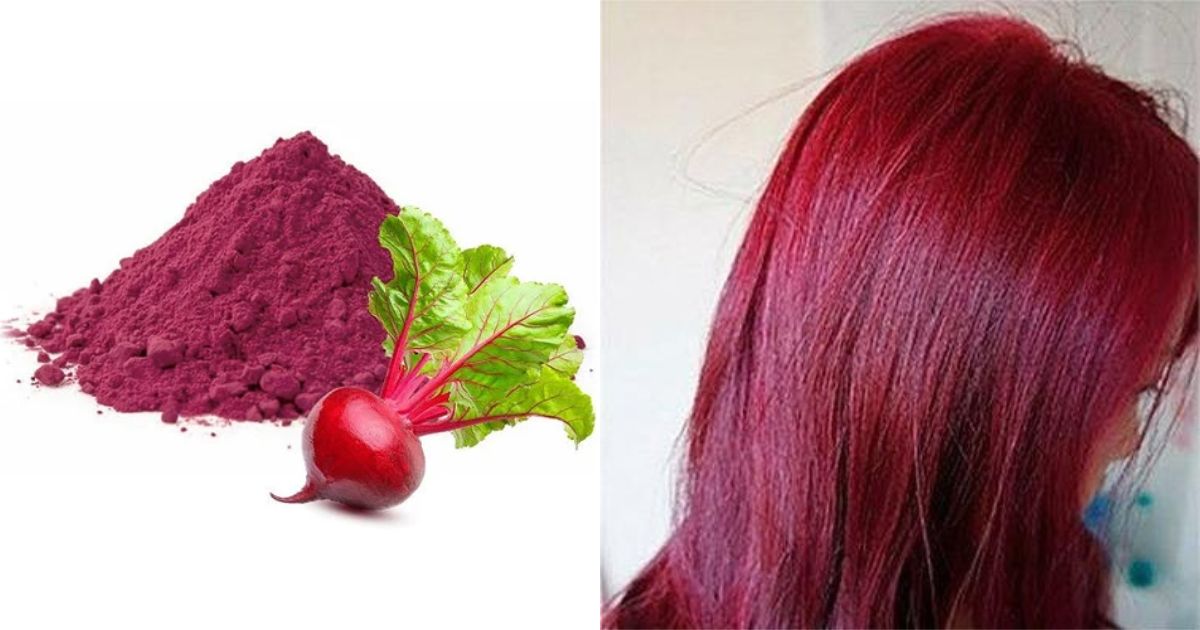
Beetroot delivers a rich, vibrant red tone with subtle warmth and natural shine. To apply, grate or blend fresh beetroot into a smooth paste and mix with yogurt or coconut oil to help the paste glide smoothly onto hair. Spread evenly on damp hair, cover with a shower cap, and leave for 30–60 minutes, depending on desired intensity, before rinsing with cool water.
This shade is closest to cherry red or vibrant red. For best results, reapply weekly to deepen the tone, especially on light to medium hair. Combining beetroot with hibiscus can create warmer red highlights.
Black Tea Brown
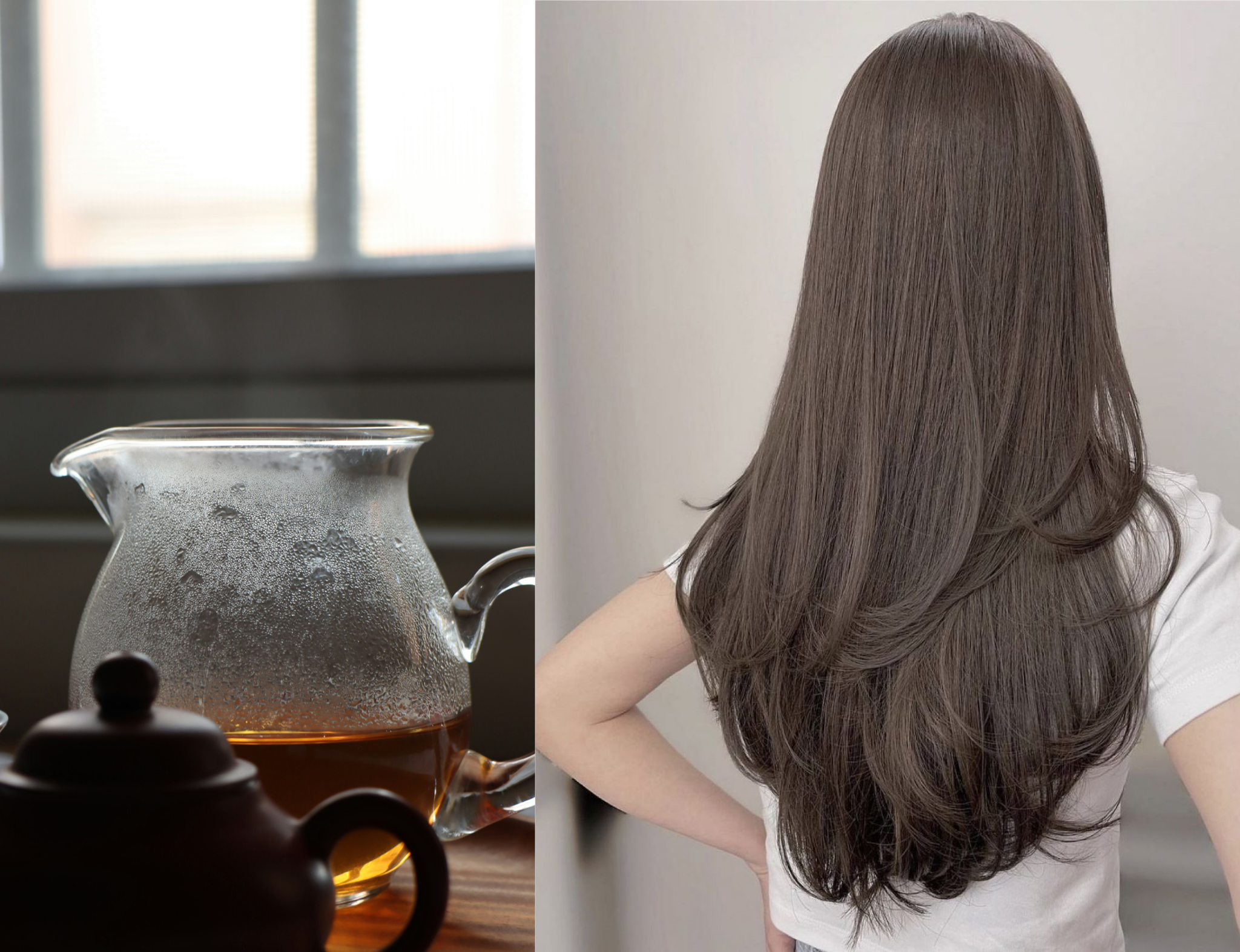
Black tea naturally enriches hair with brown tones while enhancing shine and depth. Brew a strong black tea and allow it to cool before applying it generously over hair. Leave for about 1 hour, then rinse thoroughly.
This shade approximates medium to dark brown.
Repeating the application can intensify color, making it ideal for brunettes seeking subtle, chemical-free enhancement.
Lemon Juice Blonde Highlights

Lemon juice naturally lightens hair while adding sun-kissed brightness. Blend freshly squeezed lemon juice with honey to nourish your hair, then apply to sections exposed to sunlight. Leave for 1–2 hours before rinsing and following with a mild conditioner.
These ingredients produce shades similar to light golden blonde or natural highlights. It works best on lighter hair; when mixed with chamomile, it can create soft, warm highlights while keeping hair hydrated.
Cassia Golden Blonde
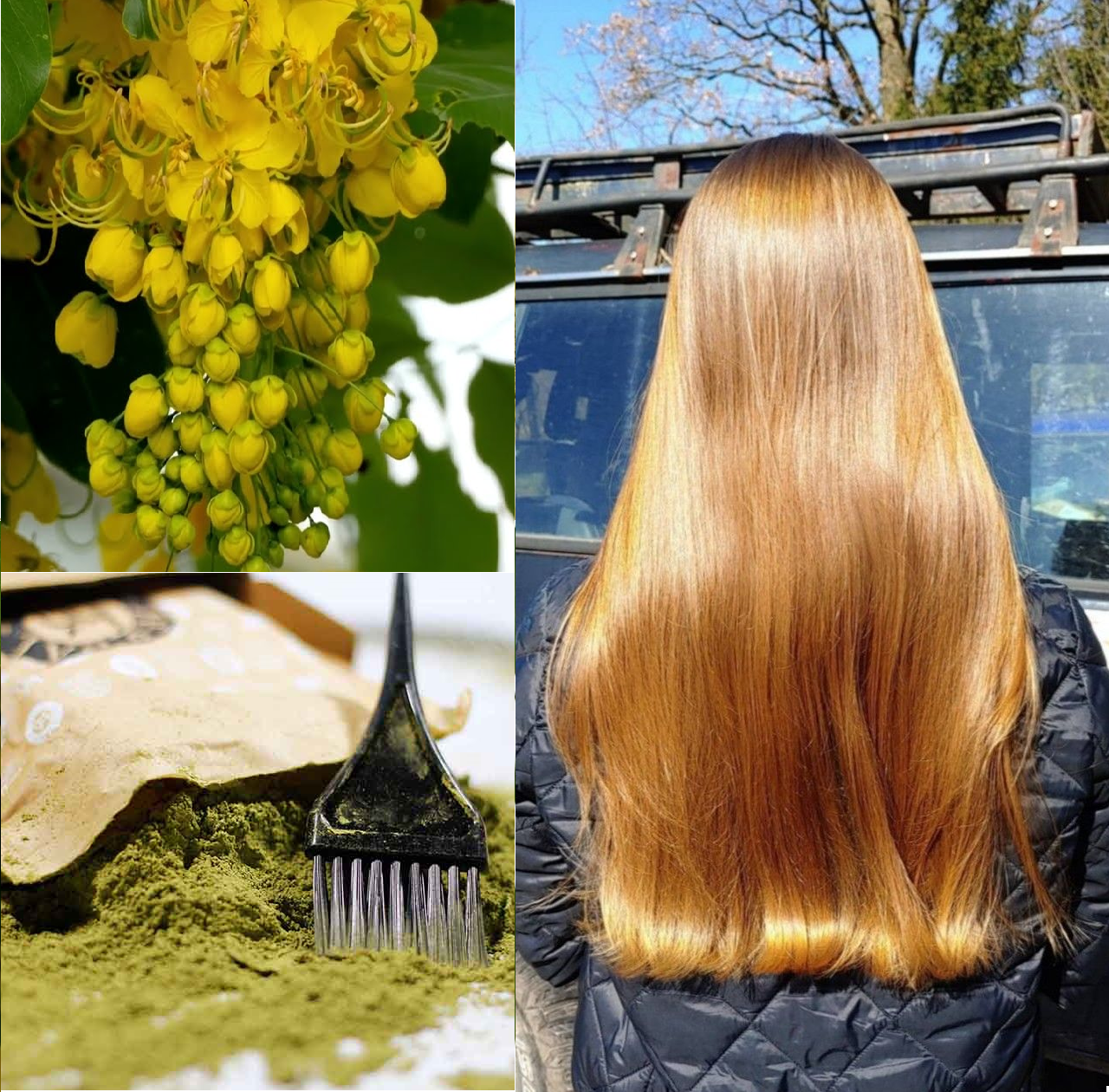
Cassia, also known as neutral henna, adds subtle golden tones while maintaining the natural pigment. Mix cassia powder with warm water to form a paste, and spread it evenly. Leave for 1–2 hours, then rinse and style it accordingly.
Closest to golden blonde, cassia gradually brightens hair safely, making it ideal for lightweight strands or light hair types. Pairing with chamomile can further enhance warmth.
Rooibos Auburn
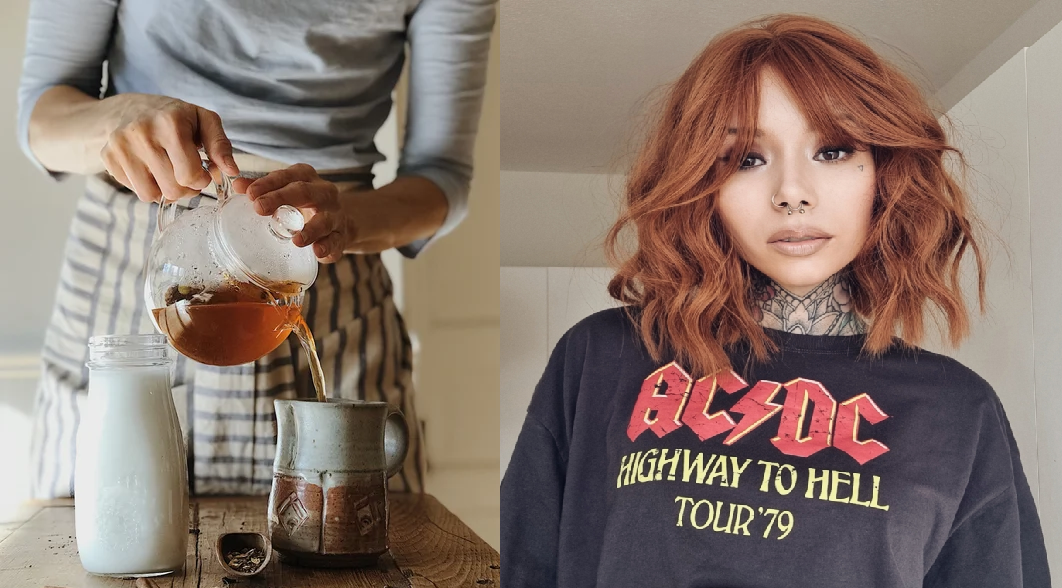
Rooibos tea produces a warm auburn glow with natural red and orange undertones. Brew the tea and let it cool, optionally adding cinnamon to increase warmth. Apply to hair and leave for 1–2 hours before rinsing. This shade resembles auburn or warm copper and works well on medium brown hair. Repeated applications deepen the red tones over time.
Carrot Juice Orange / Strawberry Blonde
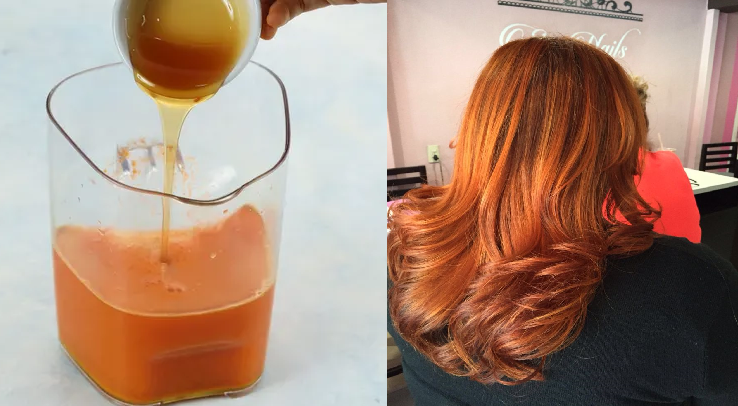
Carrot juice imparts soft orange or strawberry blonde shades. Blend fresh carrot juice with honey, spread evenly, and apply to your hair for 30–60 minutes before rinsing with cool water.
This results in a shade similar to strawberry blonde or light orange.
It provides a subtle tint best suited for light hair, and repeated applications can gradually intensify the color.
Walnut Brown
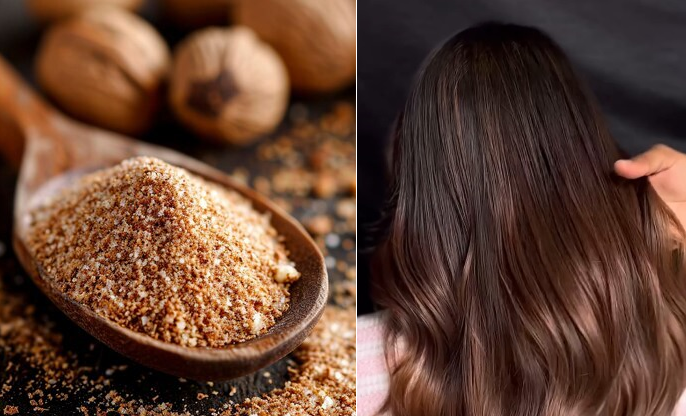
Walnut shells create soft, natural brown tones that enrich existing hair color. Crush the walnut shells, soak them in water overnight, and strain them carefully. Apply the extracted solution to your hair for 1–2 hours, then rinse thoroughly. The resulting color is closest to medium brown.
Safe for repeated use, walnut brown is safe for repeated use and can be combined with black tea to achieve a deeper brown.
Carob Brown Gloss
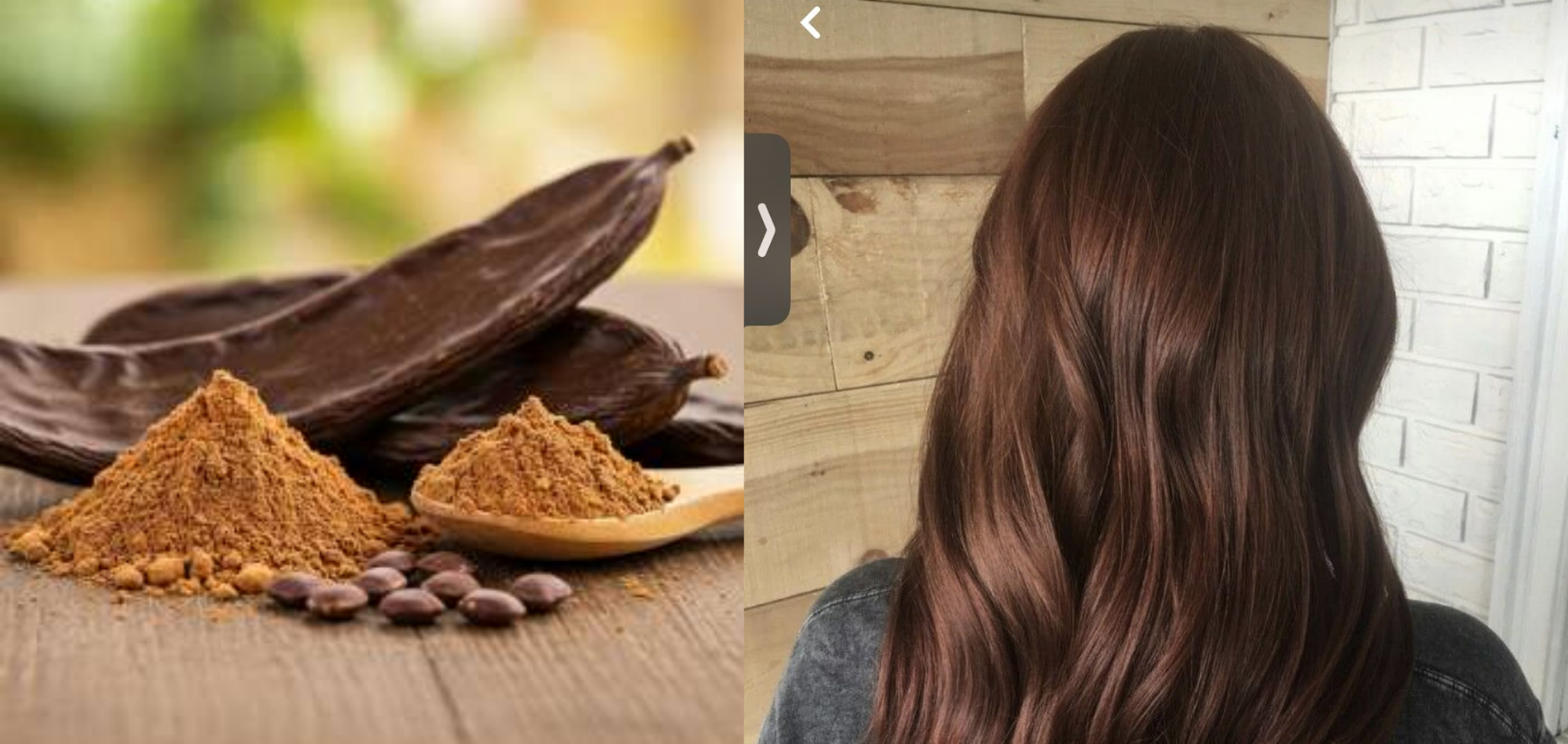
Carob powder offers chocolatey brown tones while boosting shine. Mix with water or a lightweight conditioner to form a smooth paste. Spread on your hair and leave for 1–2 hours before rinsing thoroughly.
This shade mimics chocolate brown and works well for dull hair or balancing warm undertones. Layering with cassia can add brightness.
Spinach Green Tints
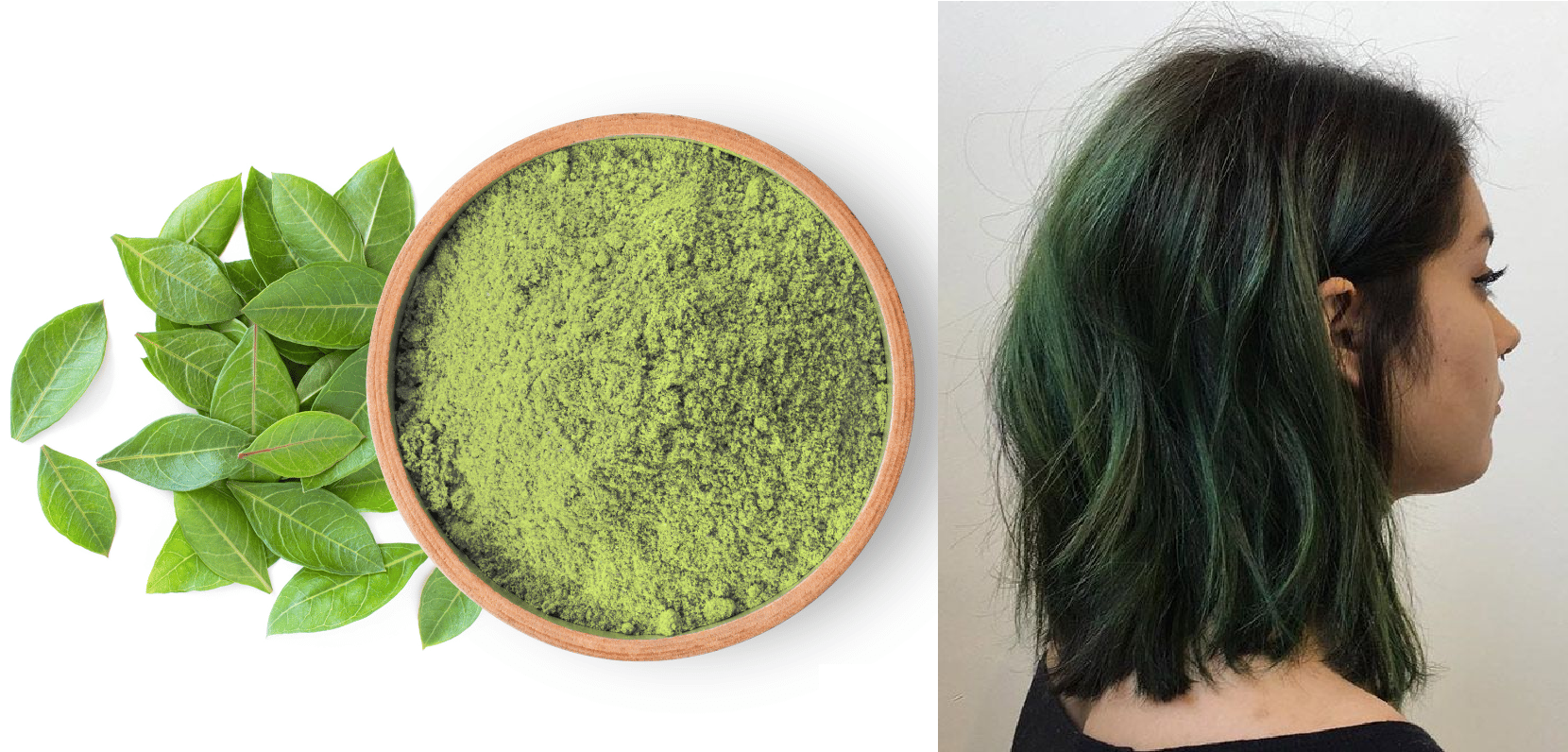
Spinach leaves add subtle green undertones, giving hair a fresh and distinctive appearance. Boil fresh leaves, blend into a smooth paste, and apply to hair for 30–60 minutes before rinsing carefully. This shade resembles pastel mint or muted green.
For best results, combine with other plant-based shades for a softer effect. The result is temporary, ideal for playful experimentation, and sunlight should be avoided during application.
Paprika Warm Red / Orange
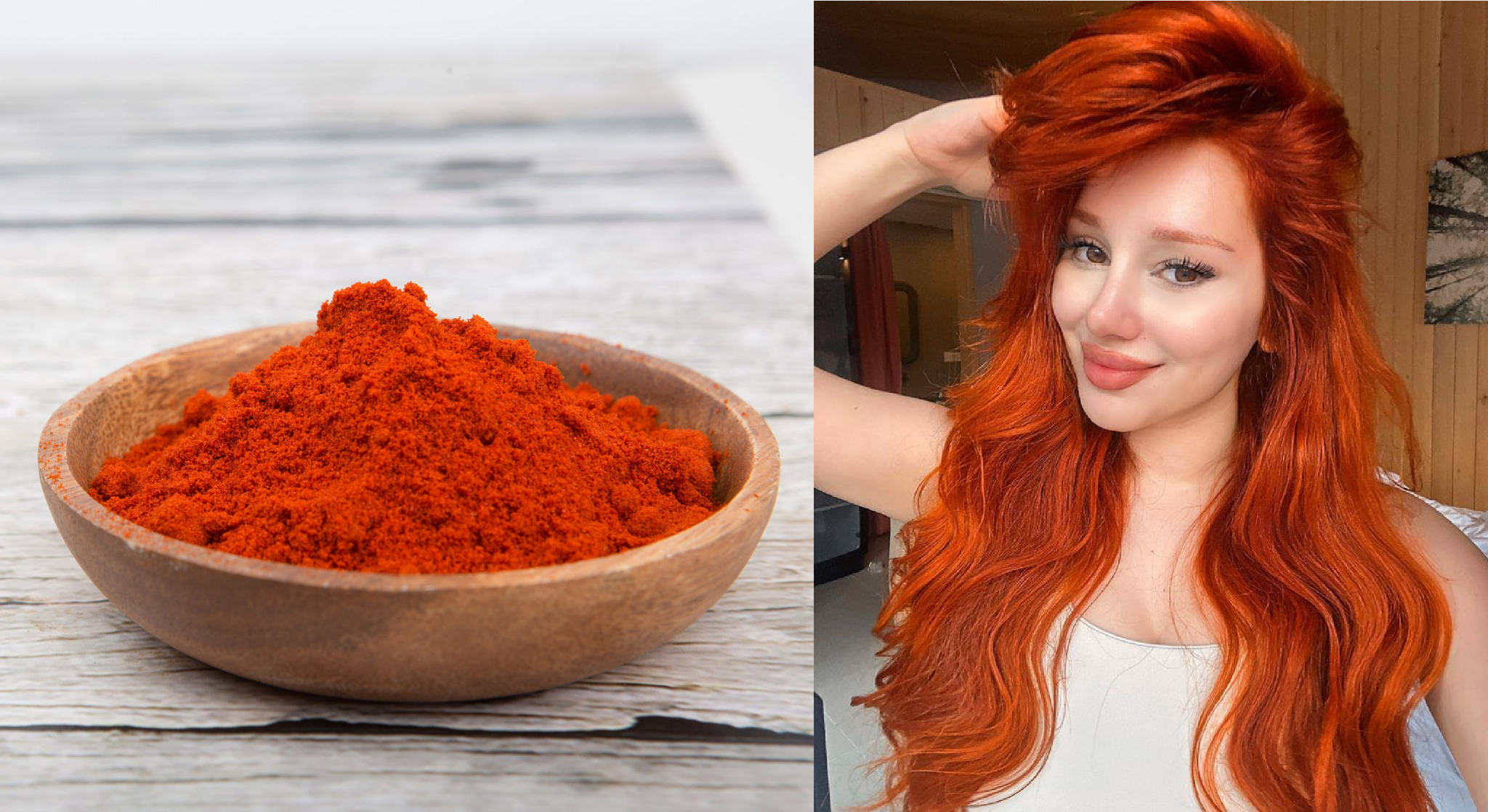
Paprika produces warm red and orange tones, enhancing red hair or adding highlights. Mix paprika powder with warm water and conditioner, apply evenly, and leave for 30–60 minutes before rinsing with cool water.
Closest to copper-red or ginger, it delivers a vivid tone that fades gradually, allowing maintenance-free growth.
Mixing paprika with carrot juice produces warmer highlights; strand testing is helpful due to its intense color.
How to Use Plant-Based Hair Colors Effectively
- Conduct a strand test to gauge intensity.
- Apply to clean, damp hair for even coverage.
- Cover hair with a shower cap to retain warmth and avoid dripping.
- Rinse with cool water to lock in color and shine.
- Repeat applications gradually to deepen tones.
- Mix different shades creatively to craft a unique, tailored color.
- Remember, patience is key. Plant-based colors develop gradually, producing soft, natural results.
Benefits of Plant-Based Hair Colors
Plant-based hair colors offer multiple advantages for those seeking a gentler, more sustainable approach to coloring. They strengthen and nourish strands, helping reduce dryness and frizz, while being less likely to irritate sensitive scalps.
Many of these dyes use biodegradable ingredients and eco-friendly packaging, making them a choice that aligns with environmentally conscious values. Their gradual fading ensures soft, natural regrowth, perfect for low-maintenance styles. Combine shades to achieve unique tones tailored to your preferences.
Conclusion: A Creative, Sustainable Choice
Plant-based hair colors empower women to explore vibrant shades safely while supporting wellness and environmental responsibility. These ten DIY recipes serve as natural alternatives to chemical dyes, giving out shades similar to popular salon colors. From warm auburns and chocolate browns to strawberry blondes and subtle greens, there’s an option for every hair type and personality.
Whether experimenting at home or complementing professional salon techniques, plant-based hair colors offer flexibility, creativity, and nourishment, making them a must-try in 2025’s hair trends. By embracing these natural alternatives, women can achieve bright, healthy hair while staying aligned with modern values of sustainability and self-care.


